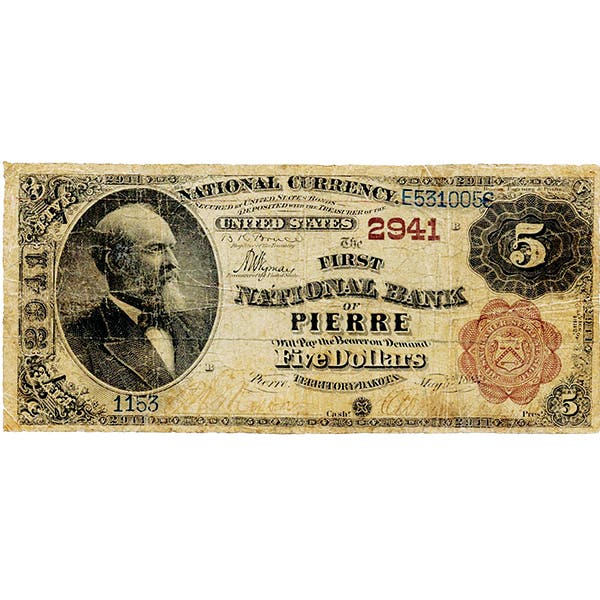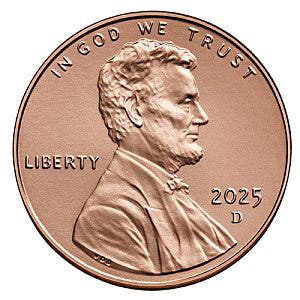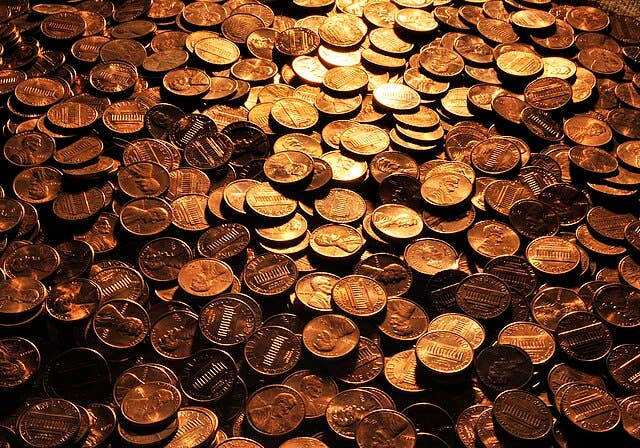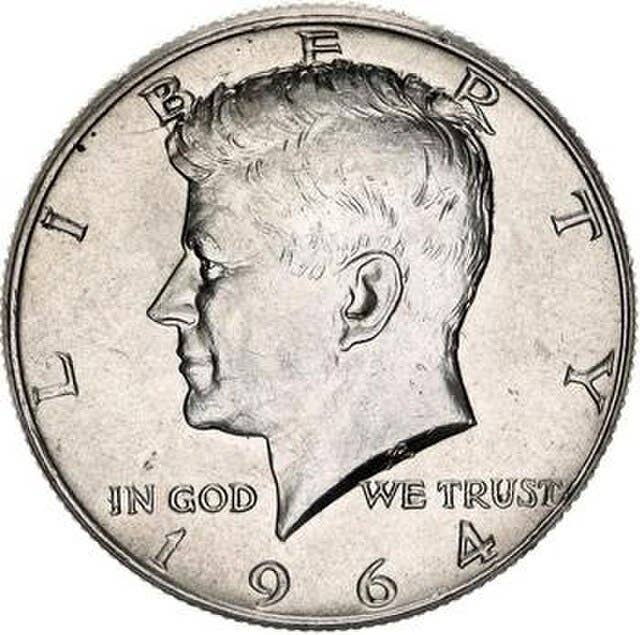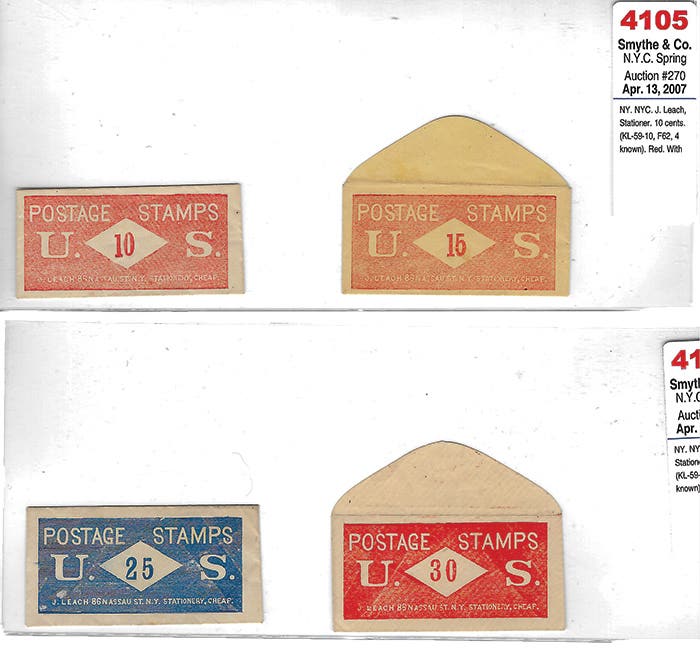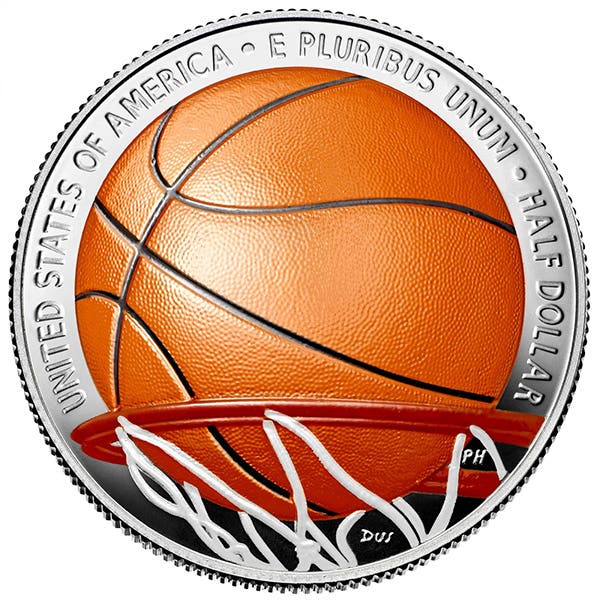What
A recent letter to Numismatic News has prompted me to write. I have been collecting for over 50 years and have had a ball doing it. When the letter writer opened by saying it was a “pain in the neck” collecting state quarters “worthy” of his collection, I was taken in an unexpected direction.
A recent letter to Numismatic News has prompted me to write. I have been collecting for over 50 years and have had a ball doing it. When the letter writer opened by saying it was a “pain in the neck” collecting state quarters “worthy” of his collection, I was taken in an unexpected direction.
Even on my worst day I never have considered this hobby anything close to a pain anywhere. When he added that it was a “very unpleasant” 10-year experience, I can only wonder why he kept at it.
At times many of us have regarded our jobs as a pain in the neck, or filling out tax forms, or spending a vacation with the in-laws (ha-ha). But coin collecting? To each his own, I suppose.
As for the quality (or lack of same), we all need to remember that coins are made for commerce. It would be wonderful if each coin could be inspected prior to leaving the Mint but, to be realistic, let’s take a view at the big picture.
As best I can recall from Mint statistics, the range of mintages on state quarters for any year was about 2.5 billion for the five 2008 quarters to a high of about 6.5 billion for 2000. Doing a little math with those numbers, let’s suppose that the Denver and Philadelphia mints ran 24-7 during the quarter program. To accomplish those totals, the Mint needed to churn out more than 75 per second for the 2008 quarters and something in the neighborhood of 200 per second for the year 2000. And all of those are for the economy, not to be confused with proofs made for collectors. At the same time, they are busy with nickels, dimes, some half dollars, a few dollars and occasionally even a few cents.
If any of us are fortunate enough to find uncirculated examples of high quality, consider it a lucky day. We are lucky the demand hasn’t always been the way it is now. Using these production rates, the classic 1916 Standing Liberty quarter would have been minted in less than five minutes with no chance of a full head specimen.
On another matter of coins for commerce, it seems to be a common misconception of many that banks are able to order “type” coins as desired. Banks are not able to order Guam quarters or Polk dollars or any other specific coin. Banks simply order cents, nickels, dimes, etc. and some are fortunate enough to be customers (yes, banks are customers, too) in a “pipeline” of current coinage that is free-flowing with current and/or recent issues.
It’s a lot like your neighborhood grocery store. Their warehouse has just received a shipment of 100 cases of your favorite cereal but you won’t see it for months, even though it’s new and improved. It seems that before they will start shipping it, they first must ship out the old, unimproved cereal they still had on hand. So your store orders it and gets the old, while the next store to order gets the new. So don’t blame the store. Or your bank. It can’t change the system.
Hopefully some of this info will help promote more understanding of how things work. Lastly, if collecting isn’t fun for you anymore, walk away. You don’t need every Mint offering. You don’t need all perfect coins. Relax and enjoy your endeavors. Happy collecting season!
R.K. Latta is a collector.
Viewpoint is a forum for the expression of opinion on a variety of numismatic subjects. The opinions expressed here are not necessarily those of Numismatic News. To have your opinion considered for Viewpoint, write to David C. Harper, Editor, Numismatic News, 700 E. State St., Iola, WI 54990. Send e-mail to david.harper@fwmedia.com.




